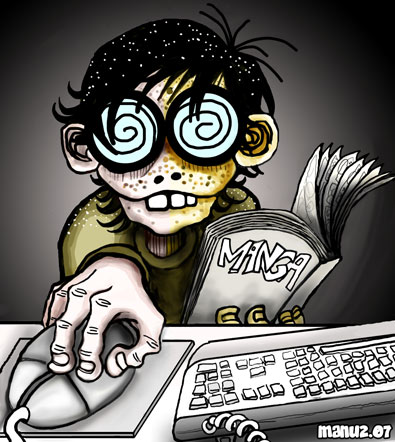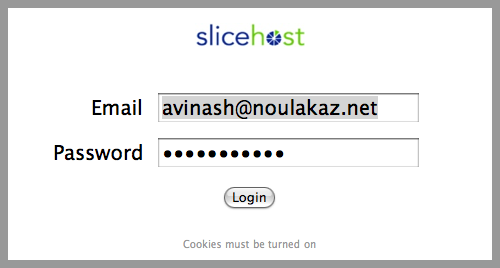
I’ve just created a group on Facebook called ADSL bandwidth sucks in Mauritius. Feel free to join in and participate in the discussions.
The name of the group is provocative. But I hope the discussions will be constructive. At the end of the day, we want better bandwidth!
Incidentally, a friend, Marc Israel, who works at Microsoft (yes, I have friends at Microsoft…) has just blogged about his new-found admiration for MT… His blog entry is about the Net PC that MT is going to sell in January 2008 and which is powered by Microsoft software.


